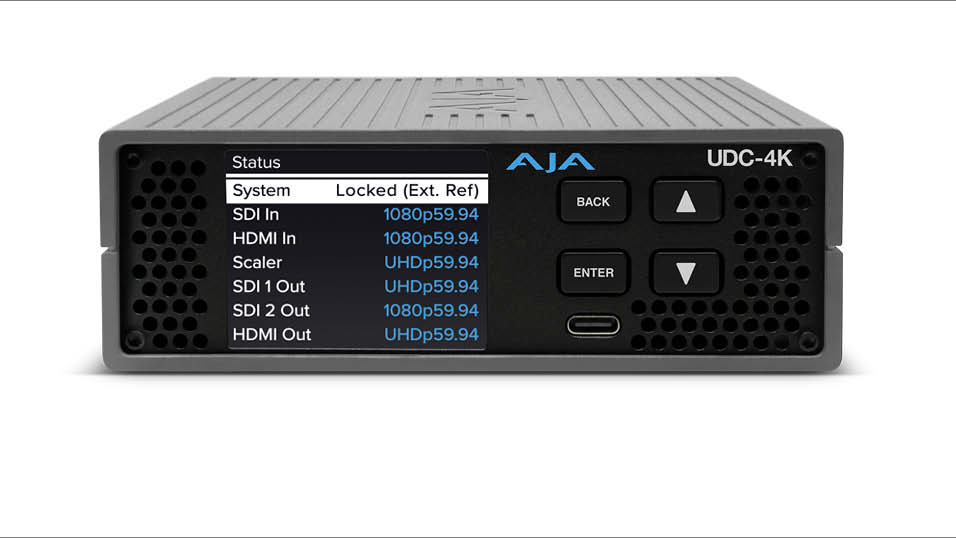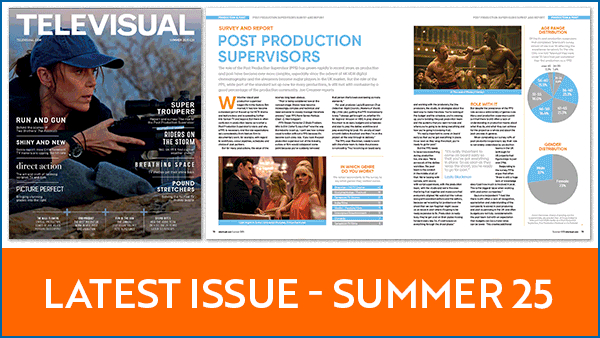By Andy Bellamy, AJA Video Systems
Technological innovation has continuously reshaped how we create, share, and experience stories. From the introduction of audio and color to moving pictures, the move to digital and from SD to HD and 4K, streaming, virtual and remote production, and beyond, each of these advancements has influenced how content is brought to life and perceived. We recently sat down with Andy Bellamy, EMEA Technical Director at AJA Video Systems, to get his perspective on the shifts taking place in the UK film and television production sector, and what they signal for the future.
What are the core trends influencing UK productions today?
Remote production is a big one. It has drastically reimagined content creation and delivery processes. More content production is moving beyond typical production hubs, with projects that would typically shoot and post in London expanding into other parts of the country and surrounding regions. It’s a shift that’s driven demand for technologies like AJA’s BRIDGE LIVE streaming IP video products and HELO Plus streaming and recording devices, which can connect disparate production teams over the public internet via live video transport and streaming.
At the same time, the UK government is also working to support more regional content production, something for which the organization Ofcom has been advocating. Change has come in the form of new tax incentives and support, especially for the indie filmmaking and the visual effects communities, but more is sure to come. Ravensbourne and the BRIT school are also doing their part, investing the time and resources in training new regional talent.
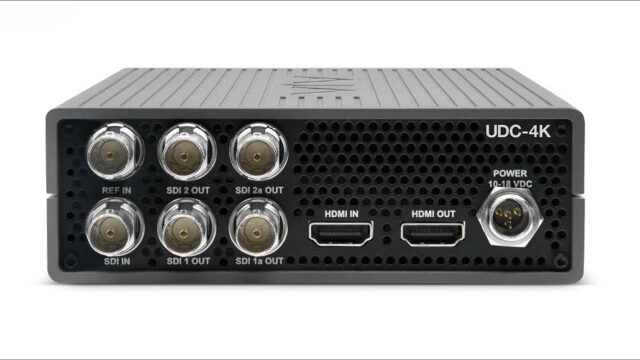
Which other industry developments are you tracking?
The continued democratization of high-end filmmaking equipment is a growing focus for us and the entire industry. While there will always be a place for higher-end broadcast and cinema cameras, the picture quality you can get with something as accessible as an iPhone or DSLR today is impressive. It’s now easier to capture amazing quality video for pence on the pound, opening new doors for content to reach audiences that might not have otherwise.
We’re also seeing a huge investment in building a more diverse talent pool in the UK and worldwide. Many schools and universities in London and abroad are seeking new ways to attract students to the field and provide them with the expertise and tools they need to succeed. This was readily apparent at events like IBC and the BSC Expo this year, and through ongoing efforts by organizations like Rise.
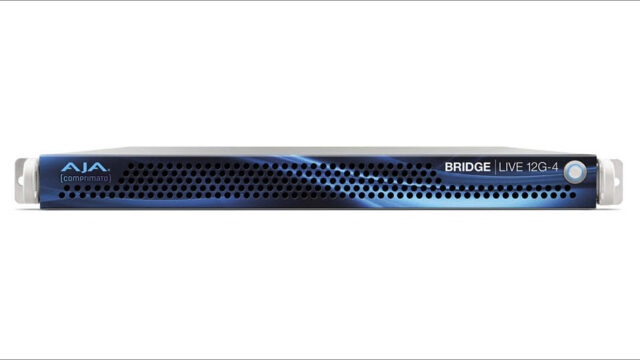
Why are these areas of focus for the region now?
Productions are being asked to do more with less, and with remote production, the decreased physical footprint and ability to send signals over the public internet versus satellite present massive time and cost savings. The call for expanding regional production incentives and the talent pool is a reaction to a drop in numbers we’ve begun to see over the last few years. Demand for more mentorship and an understanding across the industry that continued innovation will require next-gen thinking, which is also helping to fuel change.
As for the democratization of high-end filmmaking, technological evolutions continue to push the boundaries of what’s possible. Even camera manufacturers known for making some of the highest quality camera systems are also opening their eyes to the burgeoning creator market, producing smaller, more cost-efficient DSLRs that can be held in the palm of your hand. To say the market for cameras has never been more buoyant is an understatement.
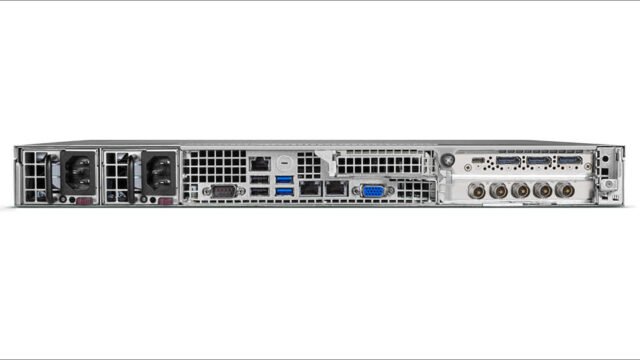
What are the impacts of these developments on UK production?
High-end production, whether working on set, in the studio, or remotely, is becoming more approachable with these changes, which is helping to drive new industry growth in the region. In 2024 alone, UK production spend across film and HETV saw a 31% uptick from 2023, reaching £5.6 billion. It feels like we’re at the start of what’s soon to become a very big boom.
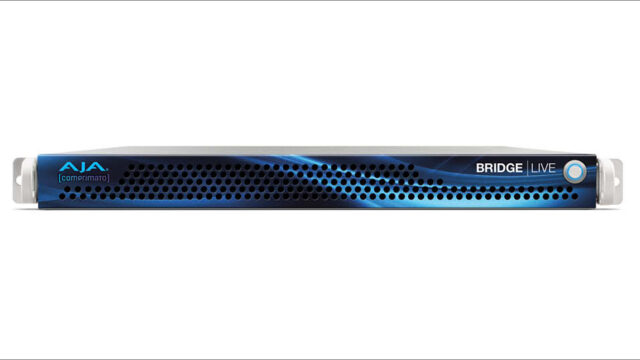
Where does the region sit in its journey with these shifts, and what obstacles lie ahead?
Remote production has reached a point of maturity and will only be further bolstered as the industry progresses in its IP journey. Looking more closely at that market and its move from baseband SDI to IP, it’s made substantial inroads, but the journey is more of a marathon than a sprint.
We’ve already begun to see a few bellwether, large-scale IP implementations in the UK, but for many productions, challenges linger, and for some, going all in on IP isn’t practical. There will still be a compelling reason to use SDI and HDMI at certain points of the chain for quite some time. This is where AJA IP solutions help fill a niche as teams look for ways to bridge the worlds of baseband and IP. These tools provide a way to adopt new ways of working, but without throwing out your existing infrastructure and starting from scratch.
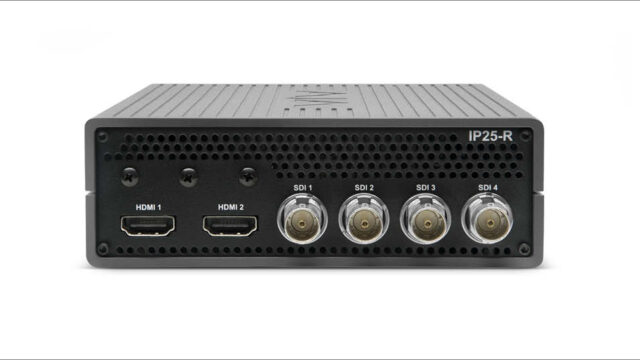
For example, AJA’s new IP25-R solves a common problem for professionals who are working with SMPTE ST 2110 signals, but may still need to view, route, or play them back on 12G-SDI and HDMI 2.0 equipment. It decapsulates ST 2110 signals to use across 12G-SDI and HDMI 2.0 tools. BRIDGE LIVE streaming IP video solutions also address a myriad of encoding, decoding, and transcoding needs so that professionals can convert between SDI and industry-standard IP video codecs and protocols, such as H.264, H.265, NDI, SRT, RTMP, and HLS, and SDI. The technology allows regional production centers to reliably transport audio and video to national production centers and streaming platforms.
In terms of the move toward greater diversity, equity, and inclusion, the UK film and TV production industry has taken some real leaps forward in recent years, but that doesn’t mean it’s time to tick the box and move on. Diversity, equity, and inclusion should be an ongoing focus across the industry in the UK and abroad.
As for the democratization of high-end production, we’ve begun to see more adoption of DSLR tech and interchangeable systems that once seemed out of reach due to budget constraints. From the simplest to the most complex setups, visually compelling content is becoming the new norm, especially with the rise of 4K/UltraHD HDR production in the region. Still, teams often need a quick and simple way to convert between 4K and HD, and 12G-SDI and HDMI, which is where tools can come in handy, like our new UDC-4K Mini-Converter, which includes a 4K/UltraHD/2K/HD scaler, frame synchronizer, frame-rate converter, and distribution amplifier.
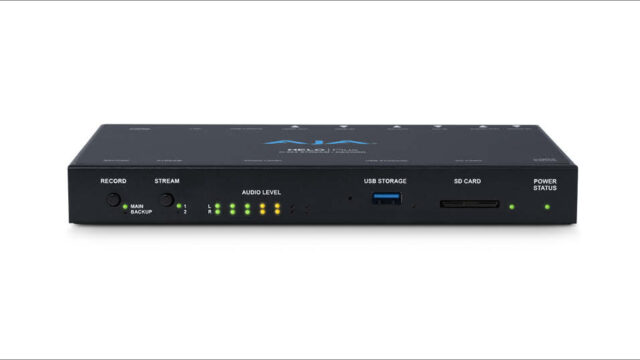
Fast forward a decade or two, and what does the future look like?
I expect to see us living in a fully ST 2110-compliant world that is phenomenally fast, reliable, and secure, as well as easy to administer, work with, and scale. New codec advancements will make high-quality video delivery to production, post, and consumer displays more straightforward. And uncompressed, visually lossless video quality will be the new norm as the cost of bandwidth trends downward.
At the same time, I think there’s a good chance JPEG XS and JPEG 2000 video compression standards will have moved their way up the chain to delivery. Right now, they’re incredibly useful for contribution, connecting remote regions and international centers, and are offered as options on our BRIDGE LIVE products. As bandwidth increases, so will the overall quality of experience a production can deliver with less compression.
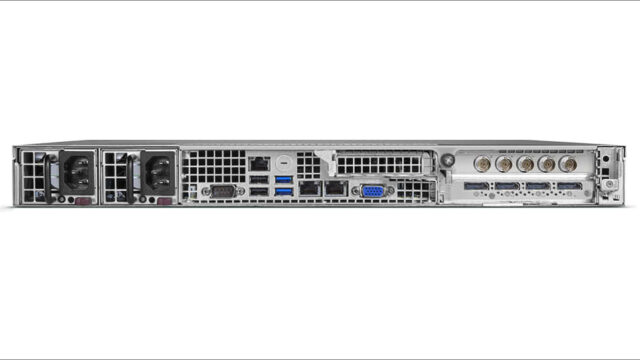
Whatever the future holds, at AJA, we’re focused on delivering tools that solve common interoperability challenges and give you the flexibility required to adapt quickly in the field. Head over to our What’s New Page to learn more about our products and get an idea of where our future development is heading.
Jon Creamer
Share this story




